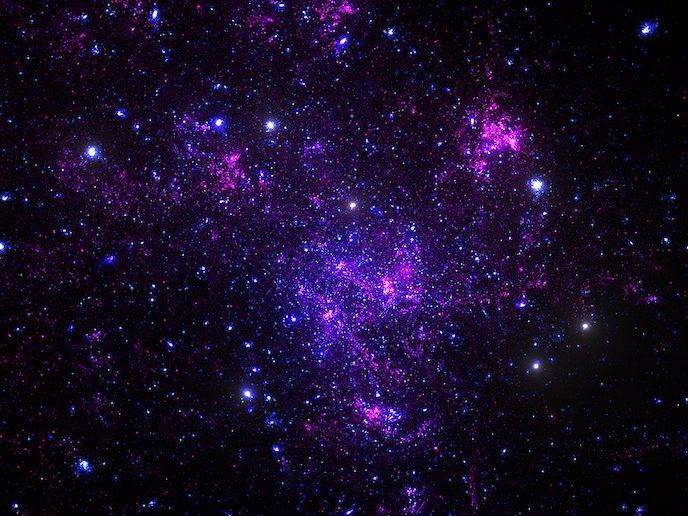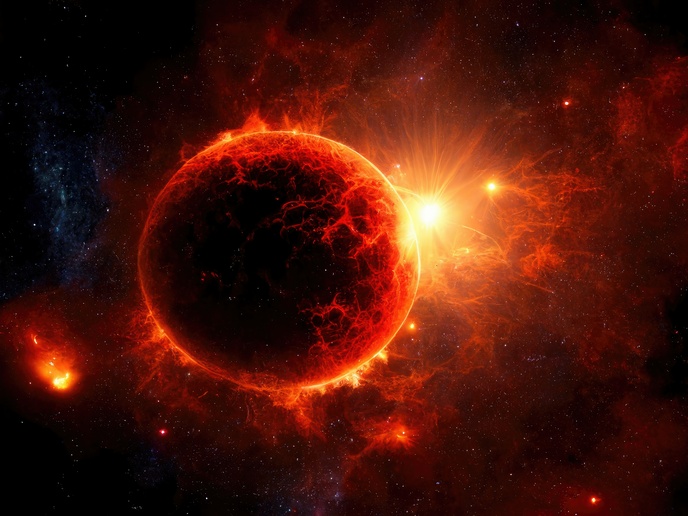Investigating the history of the universe using multi-wave data
The cosmic microwave background (CMB) is the first light emitted in the universe, around 14 billion years ago, and is observed today as a microwave electromagnetic radiation. This light permeates the universe and acts as a backlight to the distribution of galaxies in the more recent universe that we observe with telescopes operating at mainly optical or infrared light wavelengths. The PiCOGAMBAS project, which was undertaken with the support of the Marie Skłodowska-Curie Actions programme, aimed at developing new methods to carry out joint, cross-correlation studies between CMB and galaxy survey data. “We used current data to test and demonstrate our new ideas, which involved a combination of design and implementation of numerical simulations and statistical techniques, as well as actual data analysis,” explains principal investigator Giulio Fabbian. The goal: to correlate maps of galaxies with maps of signatures of galaxies in CMB data. By doing so, researchers can investigate the common, underlying physical processes active in the universe at early and late times, which affect both CMB and galaxies
Insights into the primordial universe
Observing the polarisation of the CMB, mainly the so-called B-modes that are the major target of new experiments, is the best way to understand how the first perturbations in the distribution of dark matter formed soon after the Big Bang inflation epoch. These later grew and drove the formation of galaxies we see today. “Gravitational lensing of the CMB, however, can hide the inflation signal. It creates spurious B-modes that generate confusion. Ideally, we need to somehow ‘undo’, or account for, the effect of lensing to really measure the primordial signal,” notes Fabbian. To do that, researchers need precise measurements of the matter distribution in the universe that is responsible for the lensing of CMB. Which is where galaxy surveys come in. PiCOGAMBAS identified and modelled new effects arising from simplifications employed in the field for the modelling and analysis of CMB, CMB lensing maps and their cross-correlation signals. “The concern is that these could lead to the incorrect inference of the properties of dark energy, dark matter or of the expansion history of the universe,” adds Fabbian.
Testing models of dark matter, dark energy and inflation
Using optical data from the European Space Agency’s (ESA's) Gaia mission, in combination with measurements of lensing of the CMB, PiCOGAMBAS tested the expansion history of the universe and properties of dark matter. Gaia was initially designed to measure the motion of stars in our galaxies, but it serendipitously discovered lots of distant massive galaxies powered by supermassive blackholes, known as quasars. “We worked hard to separate residual stars from these quasar candidates with machine learning techniques and external astronomical data,” explains Fabbian. The current generation of data hints at tensions between measurements carried out in the late universe from galaxy surveys from Earth, and predictions of the LCDM model mainly derived from CMB observations. This new high-quality catalogue allowed the project to show that the cosmological tensions are not there, but are probably the observational effects, or limitations, of ground-based data. It also enabled Fabbian to analyse the LCDM model in a new, unprecedented epoch and show that the cosmology inferred from the CMB seems to be consistent across 12 billion years of universe history. “We provided new ways, and statistical tools, to test models of dark matter, dark energy and inflation. These include combining cosmic voids (regions in space where we see no galaxies) and CMB lensing maps. “We also looked at deviations from the black-body emission law of the CMB and their correlation with maps of CMB anisotropies,” says Fabbian. These findings will be used for the analysis of upcoming data from the ESA’s Euclid satellite and from the Simons Observatory. Fabbian is looking forward to the work: “We will massively improve our knowledge of the universe in the coming years.”
Keywords
PiCOGAMBAS, primordial universe, dark matter, dark energy, cosmic microwave background







